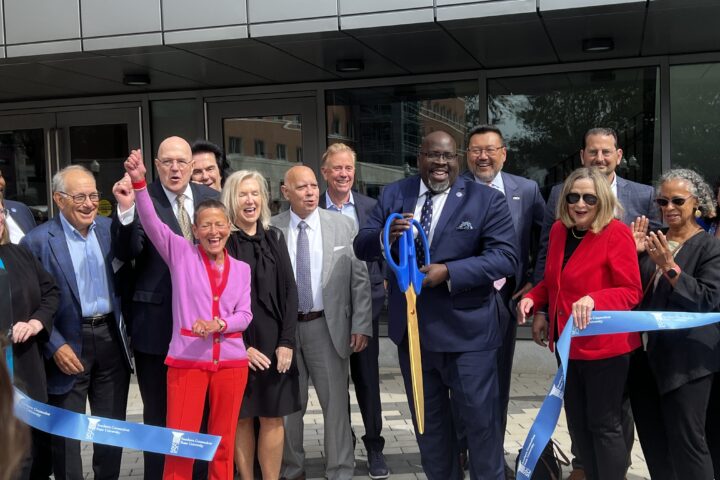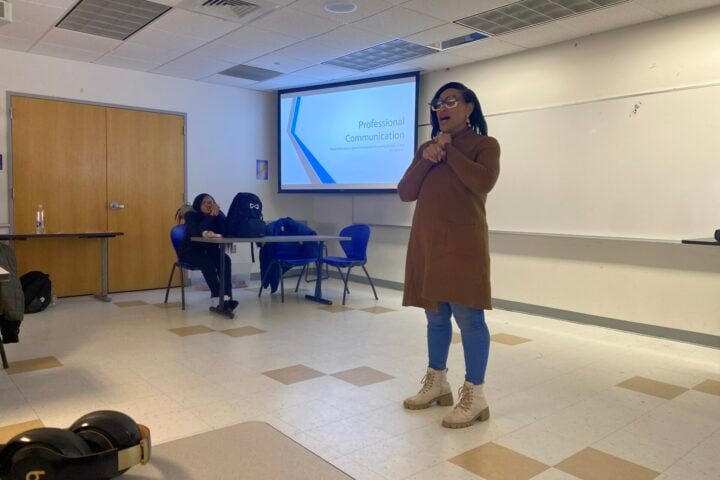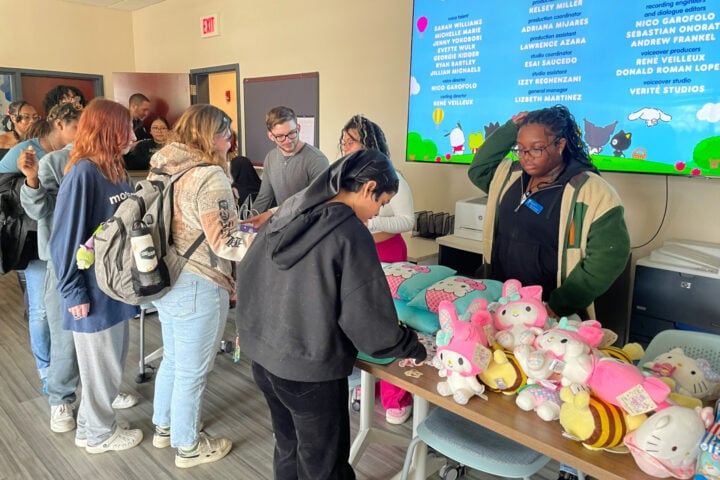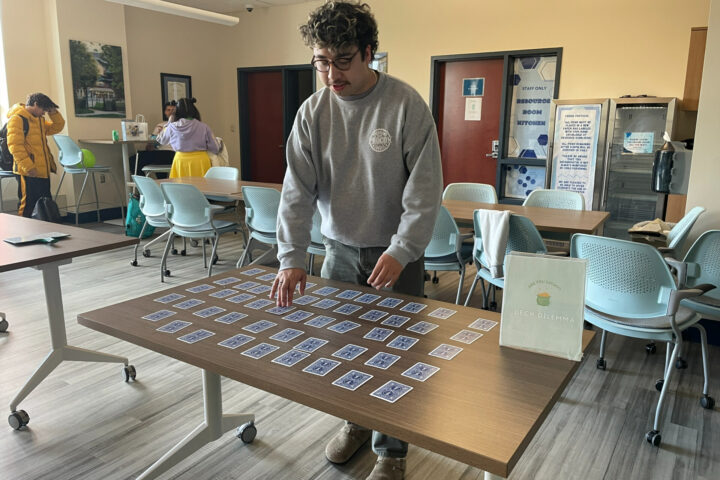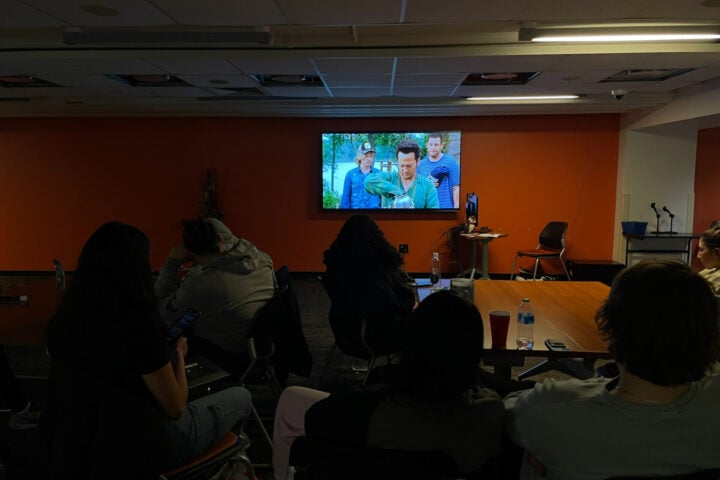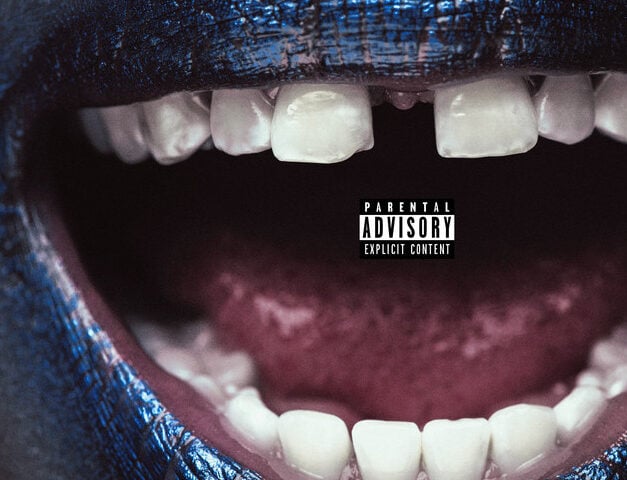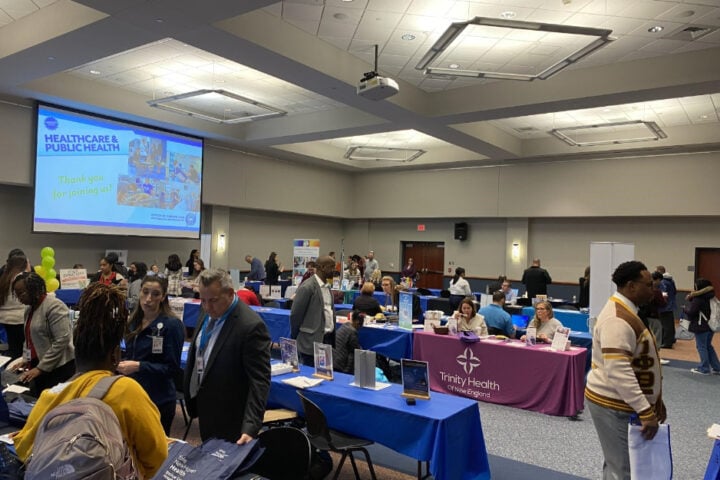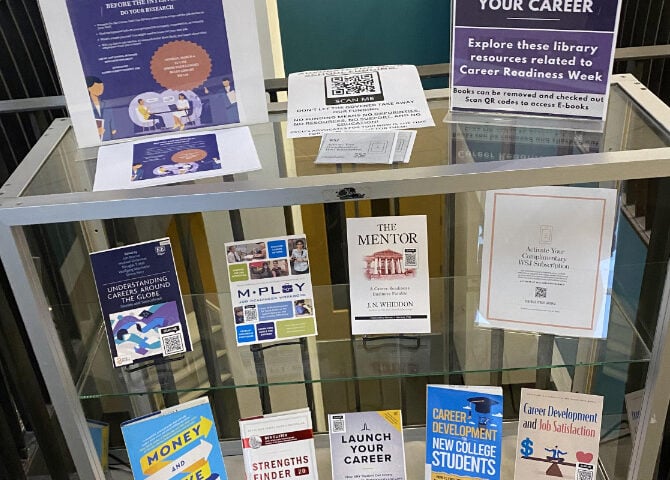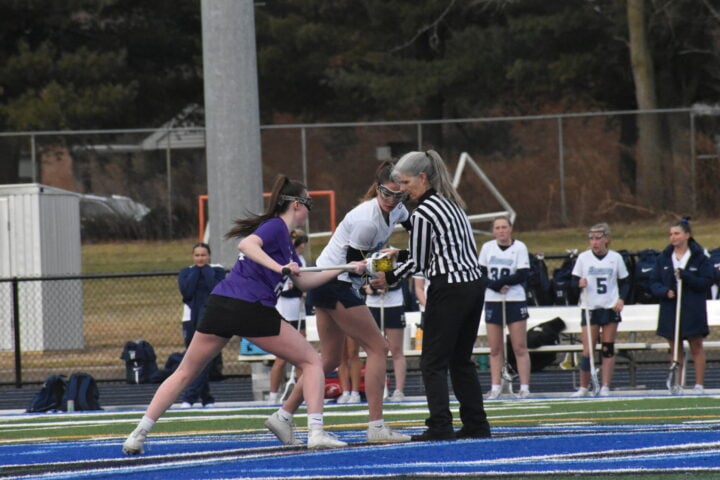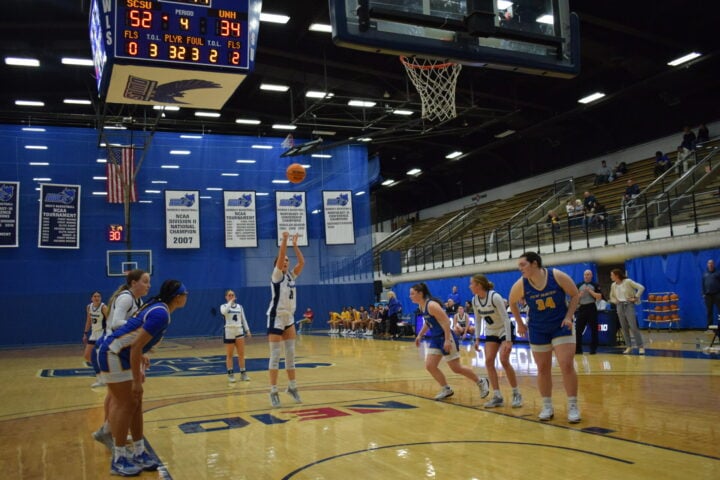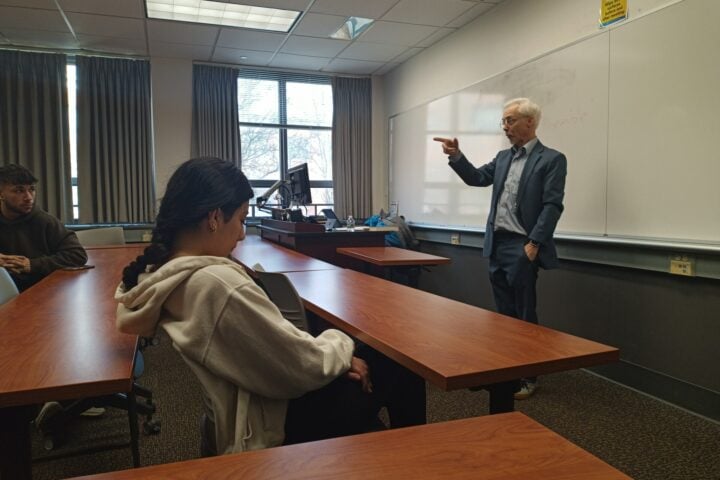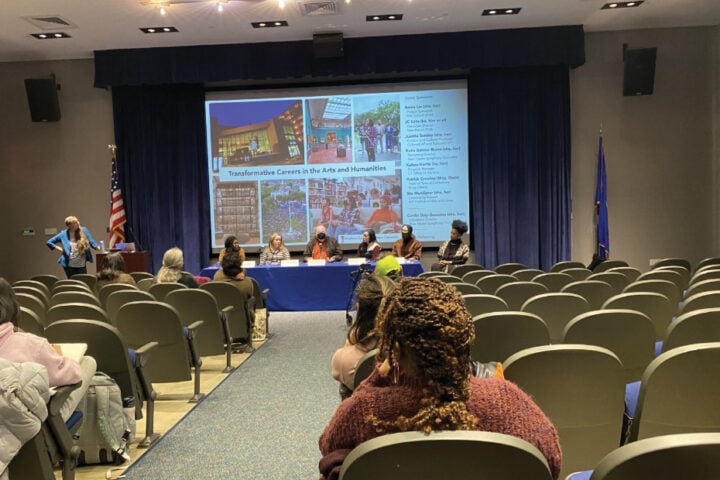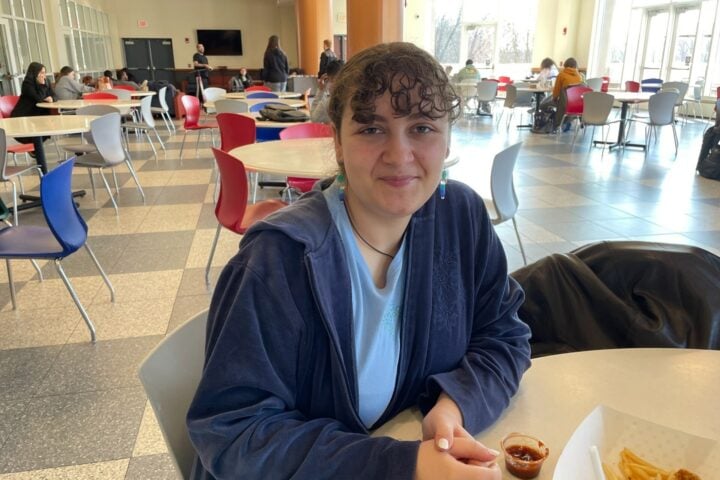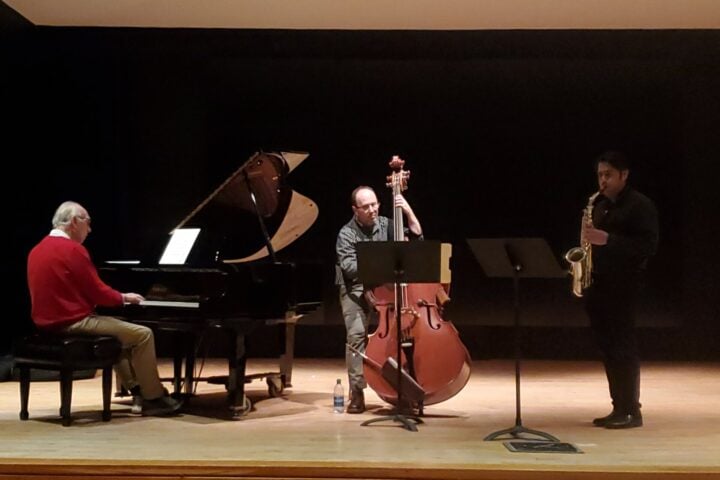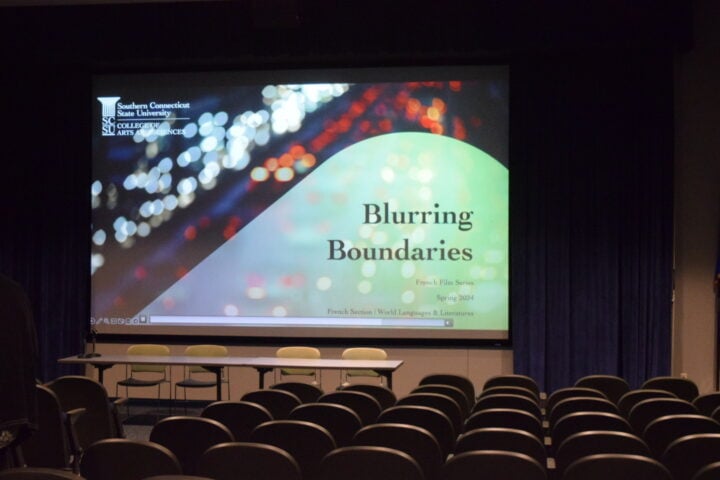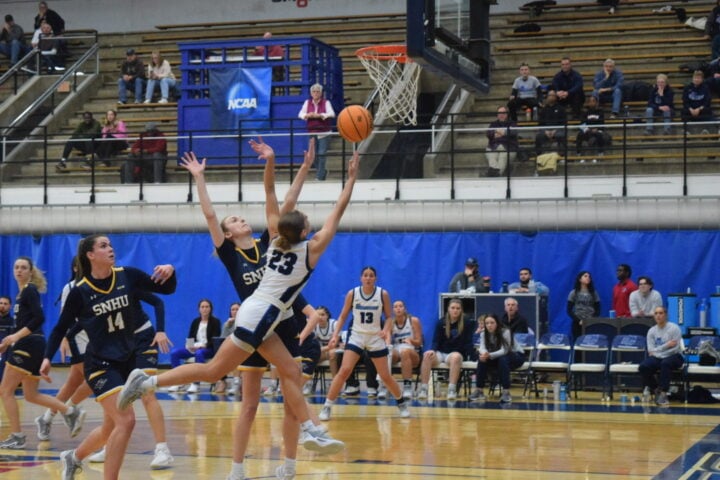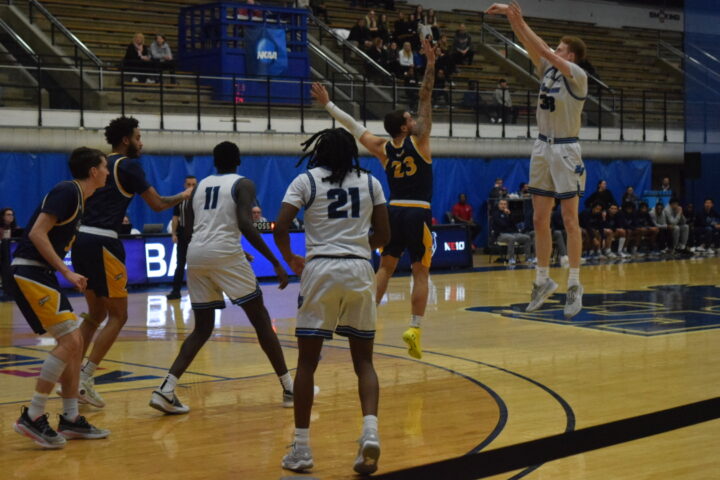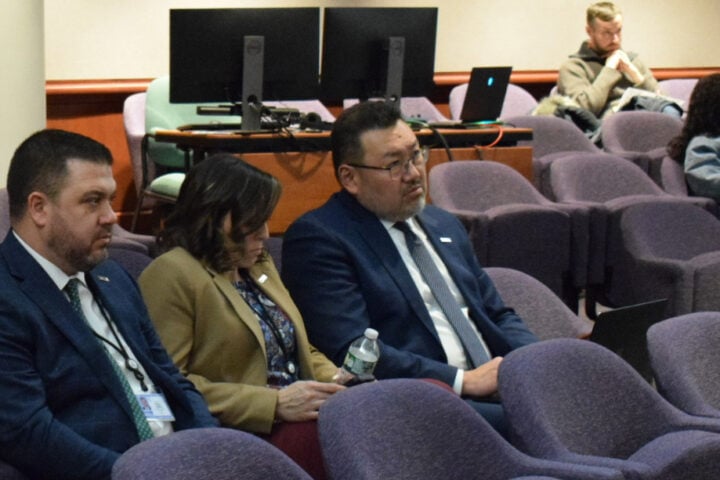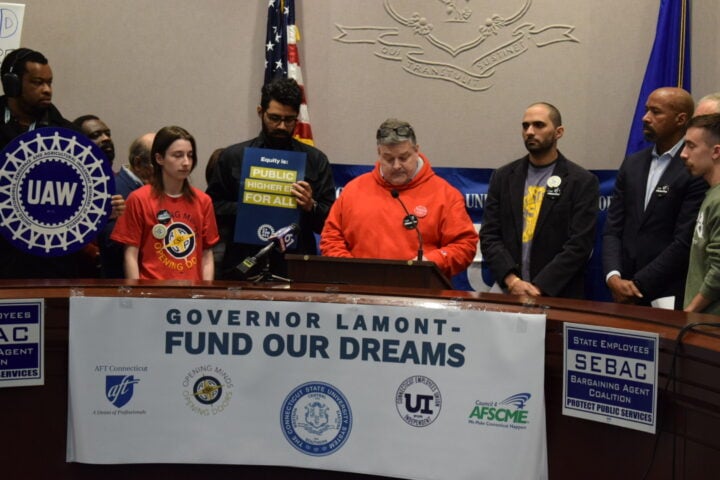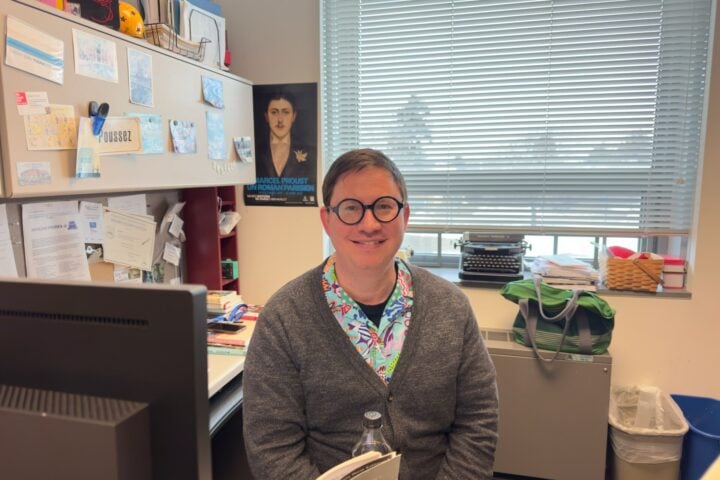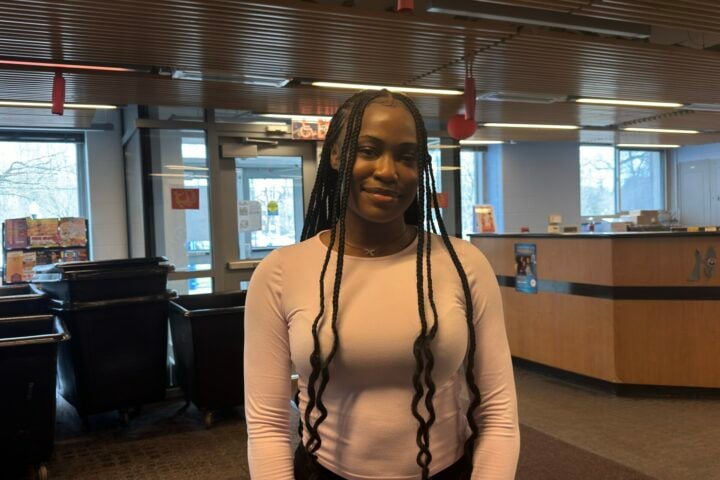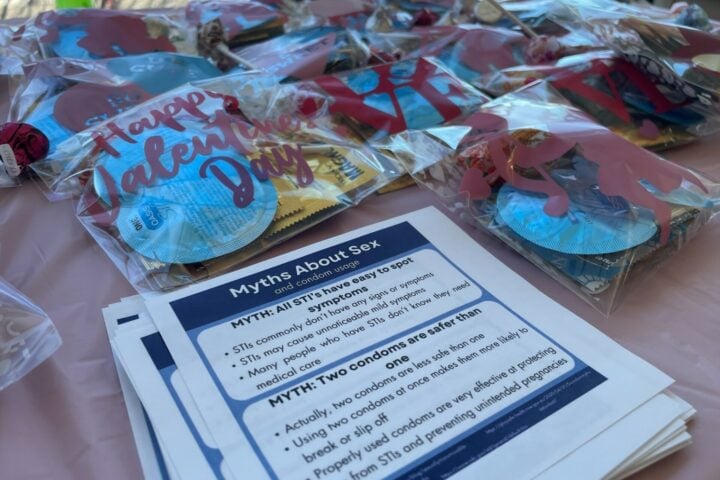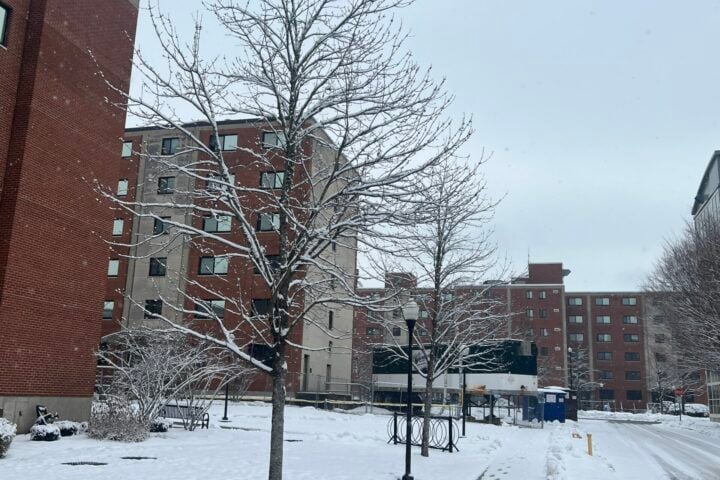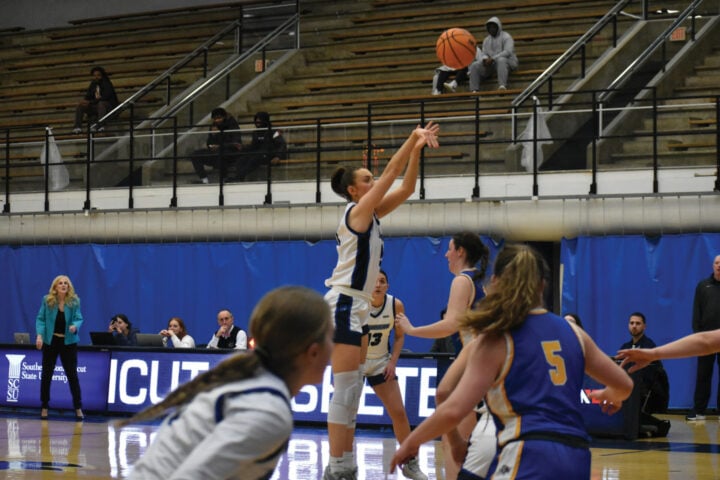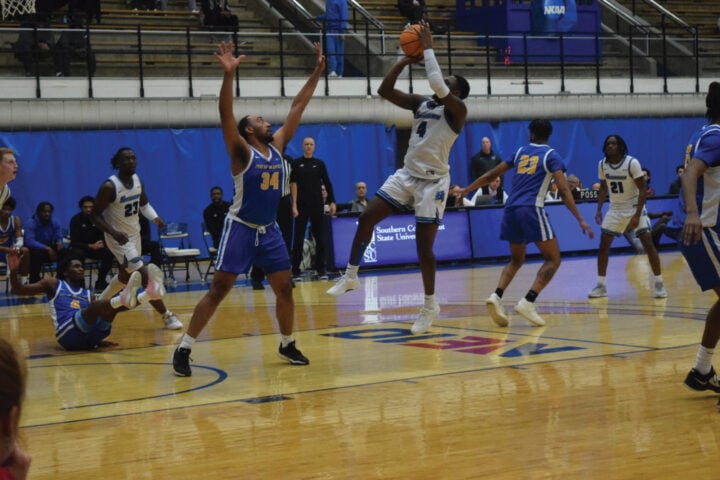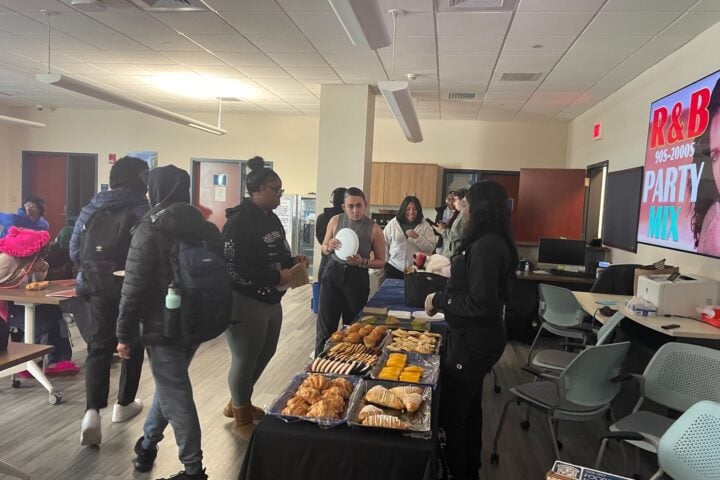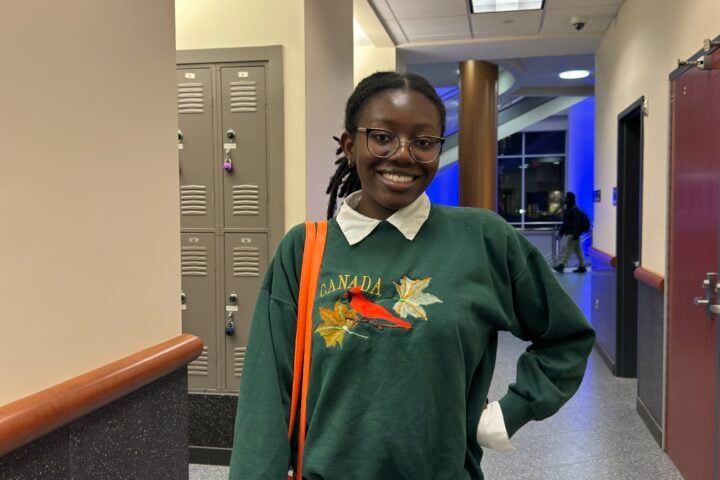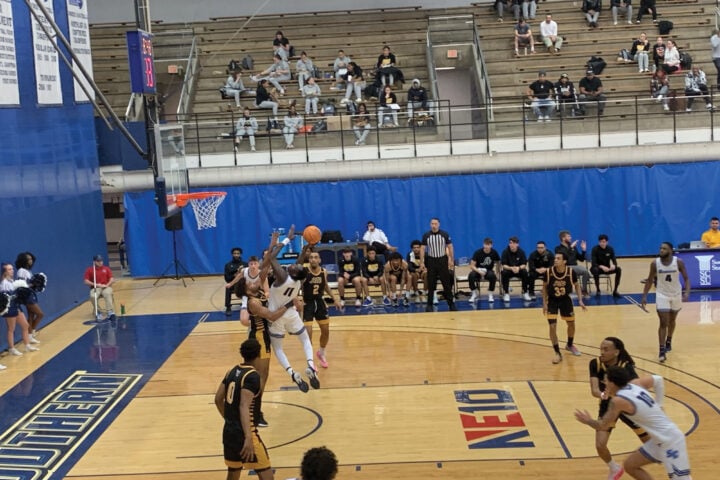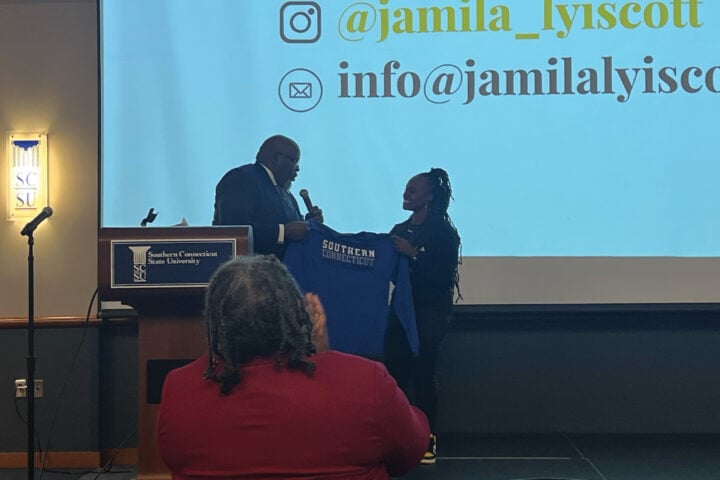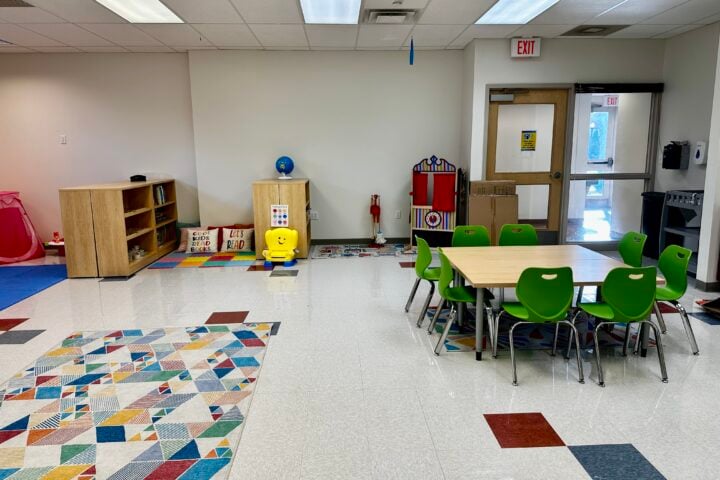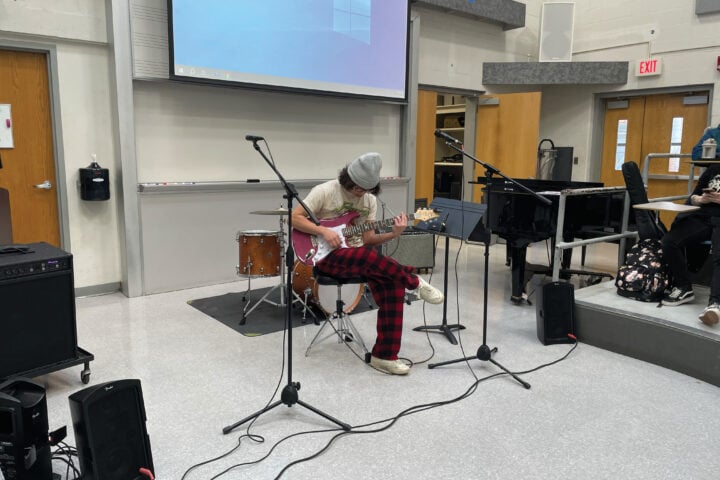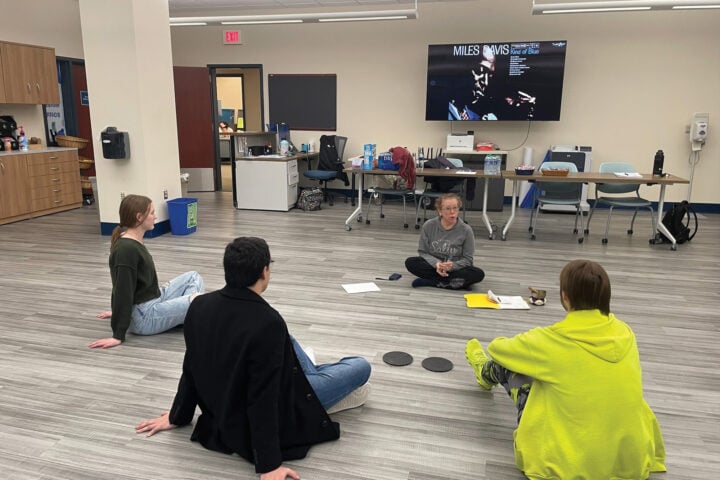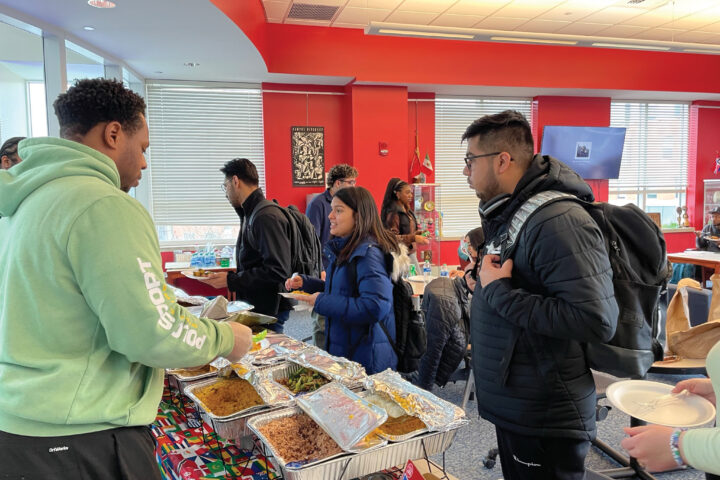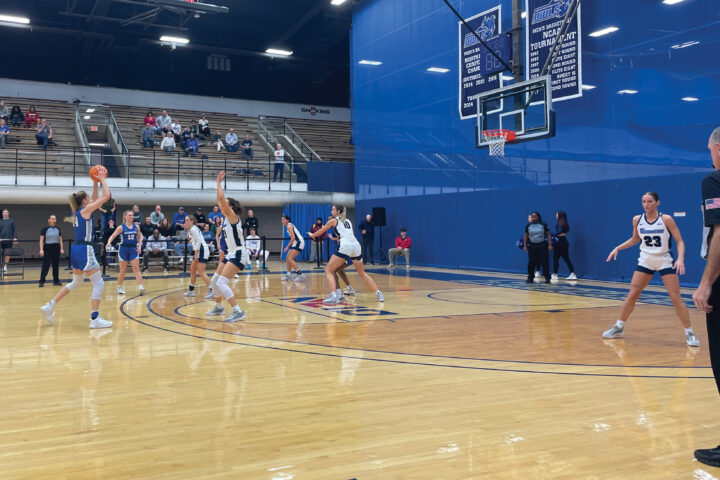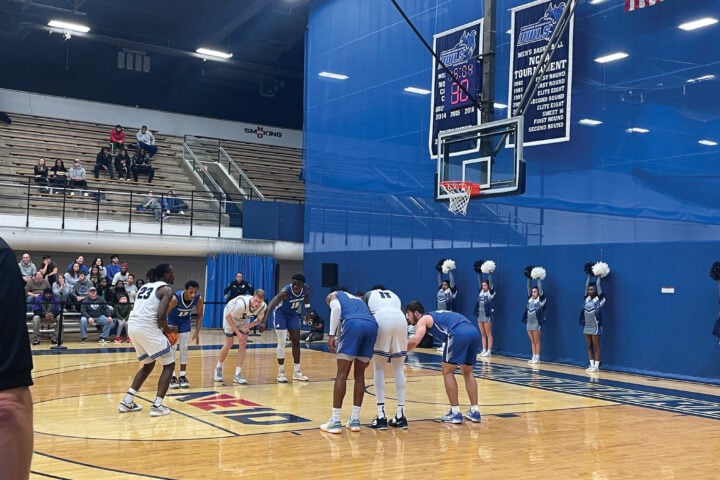Haljit Basuljevic—Reporter
An increase in tuition often means an increase in student debt.
The total debt a Southern student has to pay after graduation averages out to about $27,000, according to Coordinator of Student Financial Literacy and Advising Lewis DeLuca.
This excludes interest, which he says students are not prudent to think about when opting for a 25-year plan.
“This is where a lot of folks, students that have debt that get on these minimum income-based plans,” said DeLuca, “this is, you know, they’re saddled with this the majority of their life.”
He said in contrast to previous years, the 60% the state had funded for the university’s budget has been cut down to 40%.
Because of this glaring gap, DeLuca said the rise in costs for students is a response from the school to cover that discrepancy.
“We’re getting less. We acknowledge that, the data supports that. Where the heck is the rest of that money going?”, said DeLuca. “Who’s getting that money that education used to get?”
DeLuca also said the tuition increase being publicized was misleading. He said that the community is always used to hearing about rising costs appointed by the state, but rarely by the fees the university controls.
He said divided up, the annual fees make up almost as much for student costs as tuition does. In comparison to last year, fees rose up to by 4%.
Stephen Tomczak, associate professor of social policy and community organization and president of the American Association of University Professors at SCSU, said a political and economic philosophy that undermines public services underlies all of this.
He said the policies held in place are in favor of the wealthy, prompting budget cuts and stifling students from basic resources, such as food and transportation.
Working full-time, higher rates of food insecurity and a lack of academic performance, he said, are the results of a system that does little to contribute to public education.
“You don’t have the resources to spend because you have to pay off this crushing debt”, said Tomczak. “It’s incredibly short-sighted and destructive to the economy.”
He said the lack of public investments, like those in education, can be attributed to the tax cuts the upper-class gains, and that one way to combat this is to actively take place in social reforms and policy changes within on campuses.
He said this would lead to a vision of his of a future where all debts would be absolved, opposing the idea that “you are all on your own.”
Political science professor Jonathan Wharton said he has seen a decline in enrollment numbers for undergraduates and a stagnancy in graduates throughout the years.
He said he does not see this going away for the next few years and that state funding will continue to decline. Even income requirement has become problem with little progress being made.
“After you make more than $80,000, you can’t deduct your student loan interest deduction, which is sad,” said Wharton. “I’d love to see an increase in that cap as well. It’s not being discussed. I wish it could get there.”
DeLuca said students should be more aware and get a head start when it comes to financial planning. Obtaining an associate’s degree at a community college, applying for scholarships and reconsidering dorming on campus are ways in which to save money and eliminate debt more quickly.
He said with respect to costs, they always seem to never go down.
“It will increase if we do nothing and don’t push back against it,” said Tomczak.
Photo Credit: Haljit Basuljevic

